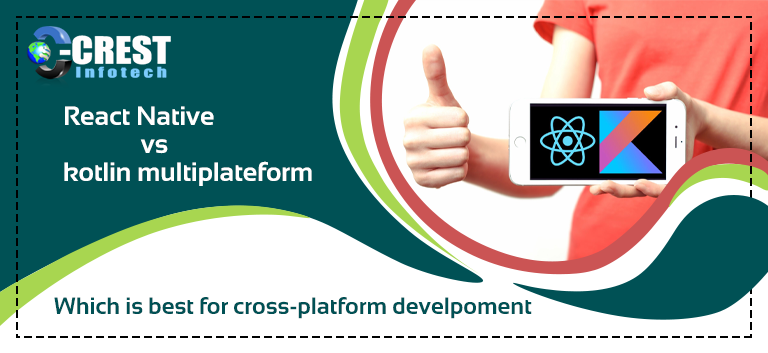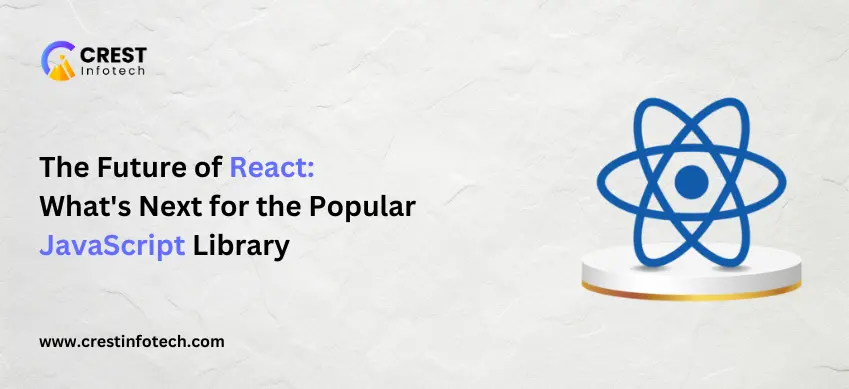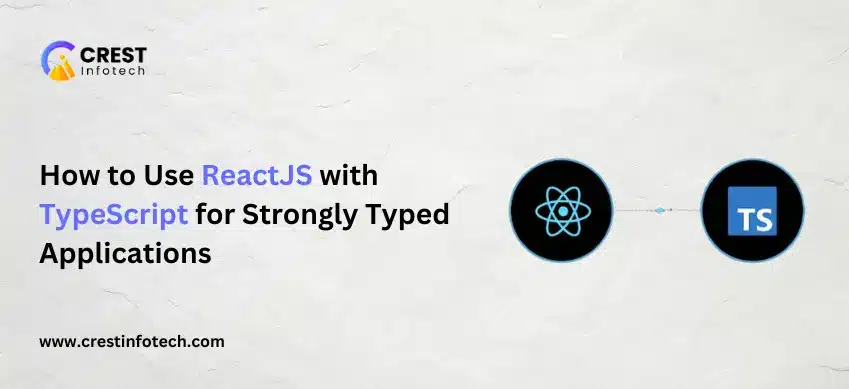React Native has become a popular choice for the development of apps for Android and iOS over the past few years. Undoubtedly, the most tempting characteristic of this technology is the cross-platform code sharing promise. Although a very popular choice, React Native is not and has its limitations as a Holy Grail. There are businesses that have already decided to radically change their mobile technology stack and switch to platform-native development for their existing apps.
However, there is a new solution available that aims to enable scalable, multiplatform projects to be implemented and promises to eliminate problems with React Native. Not only iOS and Android, but also backend, web frontend, and desktop platforms can be targeted at the same time by Kotlin Multiplatform, allowing you to compile the shared codebase into platform-specific executable code without any bridges.
In order to find out which use cases are better suited for each of them, this article will compare and contrast the capabilities of the well-adopted and already mature React Native technology with the new experimental Kotlin language function called Kotlin Multiplatform.
React Native
A stable and popular framework created by Facebook, React Native is a popular choice for the development of mobile apps. It allows JavaScript to build mobile apps for Android and iOS. React Native allows us to compose UI components into JS code, which is then translated into components specific to the native platform. The big benefit of React Native is the large community and widespread adoption. There are plenty of available external libraries and custom, open source components. All this makes rapid prototyping and fast MVPs a convenient choice.
What is this JavaScript-powered framework’s main drawback? Probably JavaScript itself, whose limitations make it somewhat harder to scale and less flexible for React Native applications compared to other technologies.
Main features
- UI code shared between iOS and Android
- Powered by JavaScript
- Live reload of the app’s UI
Advantages
- A large number of libraries which are open source
- Wide group
- UI code that is reusable
- Doesn’t need a large development team
- Nice for tiny MVP mobile projects
Disadvantages
- Low protection and memory management problems due to libraries based on JavaScript
- Bridged contact between native platforms and JS
- Issues with results
- Restricted to Android and iOS
Kotlin Multiplatform
Since Kotlin began to be officially supported by Google as a language for Android app growth, it has been constantly growing. Due to its cleanness and pace of growth, Kotlin is becoming very popular among developers. In the Stack Overflow Developer Survey in 2018, it was also selected as the second most loved programming language. While currently the most common among Android developers is this new language itself, it can also be used on the backend and frontend sides. In addition, on iOS, MacOS, Linux, Windows, WebAssembly, and even embedded systems such as STM32, it can be compiled and executed natively.
Starting with Kotlin 1.2, an experimental language feature called Kotlin Multiplatform was published by JetBrains. It promises to write the business logic elements once and reuse them on all platforms, including JVM, Android, JavaScript, iOS, Linux, Windows, Mac and embedded systems. It can be compiled. The main benefit over other multiplatform solutions such as React Native is that Kotlin code, such as the UI layer or platform-specific code, can cooperate seamlessly with other native components. In addition, the logic can be shared with a backend or any other applications you may have.
Main features
- Market logic code creation multiplatform
- Android, JVM, native: iOS, Windows, Linux, embedded systems, and more – A wide range of compilation goals
- Modern language – stable, concise syntax, powerful async framework for multiple platforms and more
Advantages
- Compilation of executable objects unique to native platforms
- No bridges between native platforms and shared code
- Best Results Possible
- Code sharing between several platforms is possible: Android, JVM, Javascript, native (iOS, x86, STM32, and more)
- Suitable not only for mobile applications, but for well-crafted, scalable projects
Disadvantages
- Still in a state of experimentation
- Small number of libraries which are available
- A larger team of developers usually needs to work together
- Less sufficient for quick MVPs and prototypes
What’s the future going to look like?
In the mobile region, React Native is losing its supremacy, which is possibly caused by the latest release of Flutter – another Google multiplatform UI system. The future of both is still uncertain, but the buzz for Flutter seems to have already begun.
Then is there a place for Kotlin Multiplatform?
So it seems. It turns out that the incorporation into mobile apps along with Flutter might be a fantastic technology. That’s because Flutter enables the UI layer to be easily isolated from the business logic, and Kotlin Multiplatform offers an incredibly good way for multiple platforms to share business logic code.
A Google experimental project is also under progress – Hummingbird. It aims to allow the reuse not only on mobile platforms but also on the web frontend of Flutter UI code. And that’s the web frontend where the ability to be used is also open for Kotlin Multiplatform. About Google I/O 2019, the Flutter for Web beta is rumoured to be released.
Will we be able to create multiplatform applications at the same time for mobile and web platforms? It seems like such an option is going to be open. It will include the use of two languages – Kotlin and Dart – to build apps with Kotlin Multiplatform and Flutter. Both languages, however, are friendly from the developer’s viewpoint.
There is also a Google experimental project in progress – Hummingbird. It aims to allow reuse not only on mobile platforms but also on Flutter UI code’s web frontend. And that’s the web frontend for Kotlin Multiplatform where the ability to be used is also accessible. The Flutter for Web beta is rumoured to be written around Google I/O 2019.
Is this Respond Native’s end? Probably not. It will still be a great option for iOS and Android applications as a mature technology – particularly for rapid MVP creation and rapid prototyping. It seems, however, that it is going to be an exciting year and just around the corner is a new multiplatform development standard. Stay tuned and let’s see what it brings this year!
You can also Hire React Native Developer. Contact Crest Infotech to know more about Dedicated React Native Development services in Details.



